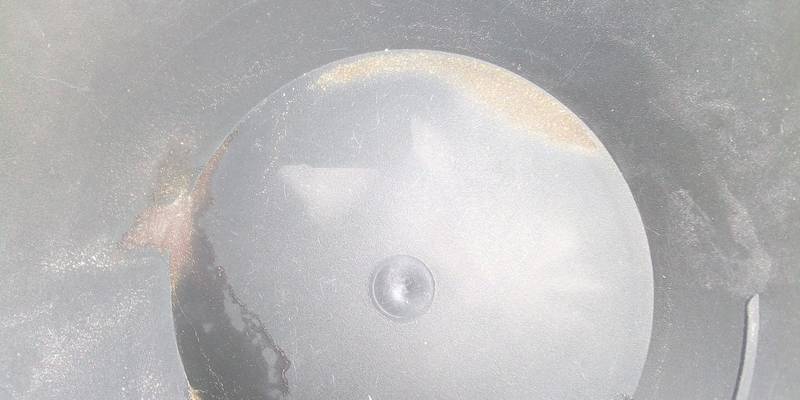Image of Gold Panning Results with Fine Gold
Gold panning is a fun and rewarding activity that allows you to discover gold in its natural state, often hidden deep within riverbeds or streams. The process involves using specialized equipment called “gold pans” designed for separating valuable materials from sand, silt, gravels and other unwanted substances found at the bottom of rivers. Here’s how it works:
1) Preparation: First off you need to prepare your pan by cleaning out any debris inside with water; this may include rocks or even a bit of sediment that can interfere when trying to find gold later on in its process.
2) Dip & Swirl: Then, dip the bottom half (where most sedimentation occurs naturally due to gravity and flow rate), into your source material like riverbed gravels filled with sand-sized particles containing traces or flakes of pure metallic Gold! You’re looking for a swirling motion that will cause these heavier elements such as gold from its natural settling position upwards towards an edge within the pan.
3) Drain & Repeat: After swishing around your materials, you’ll drain off any excess water and repeat this process until all visible particles have been separated out into separate layers based on their weight - lighter sands will settle at one end while heavier metals like gold go to another part of it depending upon the current flow.
4) Sift & Wash: Once satisfied with your separation, carefully sift through each layer using fingers or trowels/spatulas until you find any remaining traces left behind by gold particles which might have been missed during initial stages; washing them off can reveal even finer results than initially seen!
The image provided shows a result of successful gold panning where fine-grained golden nuggets are visible - these represent what could potentially be found if done correctly and consistently with proper technique.

